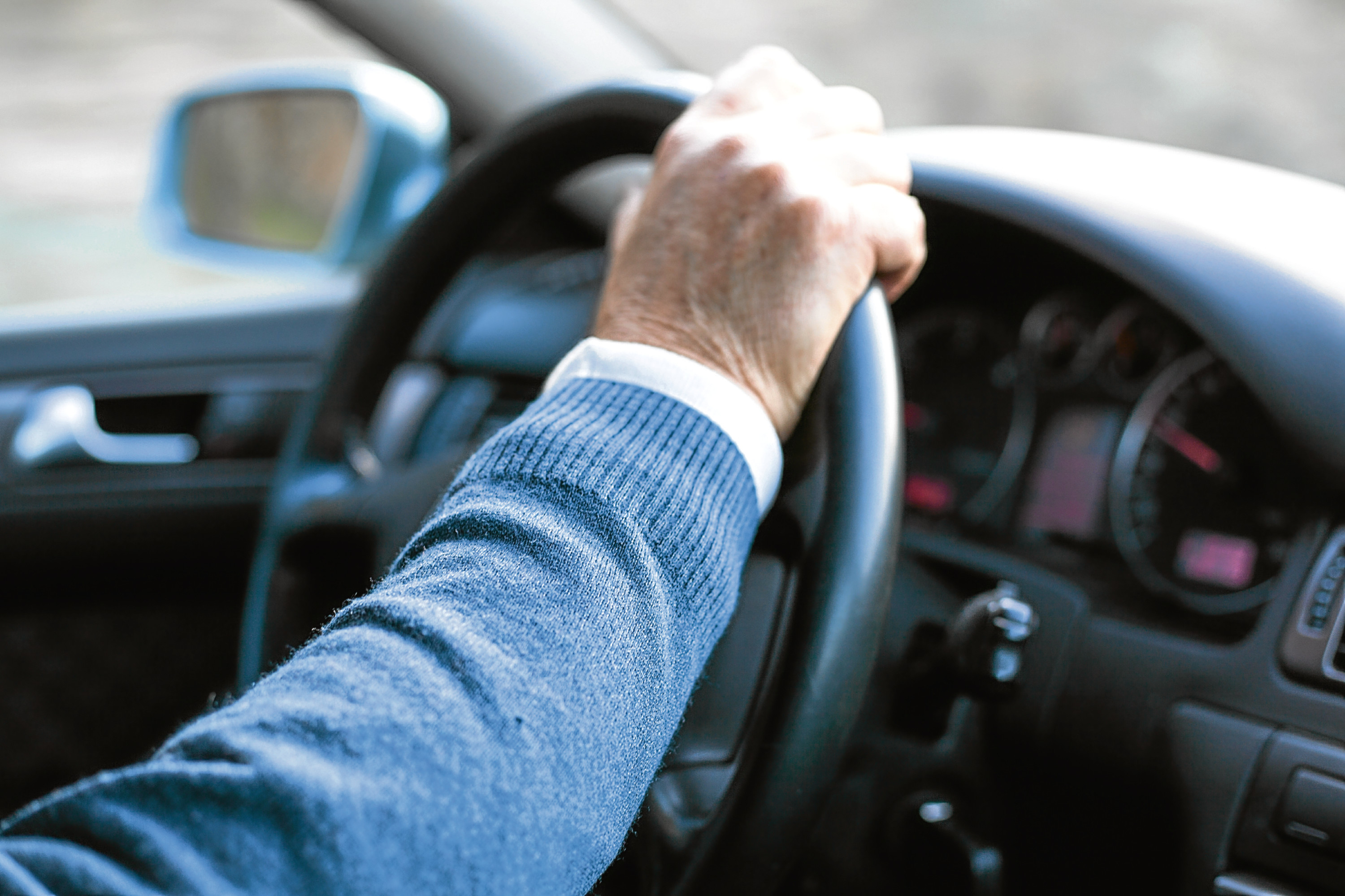Drivers aged over 90 number more than 100,000 for the first time
There are now more than 100,000 motorists over the age of 90 in the UK, according to figures released by the DVLA.
This marks the first time in British history that this many nonagenarians have held driving licences. The total figure of 108,777 is comprised of 74,564 males and 34,213 females.
Greater London was the area with the highest number of drivers aged over 90, with 8,345. This was followed by Hampshire, with 4,457 and the West Midlands with 3,729.
Amanda Stretton, motoring editor of insurance comparison site Confused.com, said the company had noticed an increase in quotes for drivers over 90.
“We have seen more and more quotes run by drivers aged over 90 throughout the past six years, with the level increasing by 60% since 2011, so this trend reflects the figures released by the DVLA,” she said.
Stretton also pointed out that although the law requires older drivers to complete a self-assessment every three years declaring they are medically fit to drive, 49% of 2,000 drivers surveyed believe these motorists should be forced to retake their driving tests every three years.
“Despite this, drivers over the age of 71 only pay around £522 on average for their car insurance, which is on the lower end of the scale, and this suggests they have fewer and lower value claims than drivers in other age groups.
“This could be interpreted that they are actually safer drivers than, for example, 18 year olds who pay £2,334 for their premiums – more than any other age.”
However, according to the British Insurance Brokers’ Association, elderly drivers were more vulnerable in terms of road safety.
A spokesperson said: “Older people sometimes have difficulty finding insurance because actuarial statistics show that as a driver gets older – especially those over 75 – the number and severity of road traffic accidents increases.”
